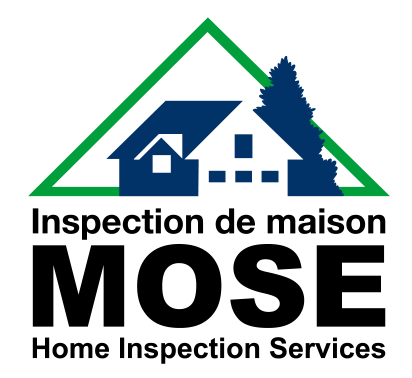4 Good Reasons to Test Your Home for Radon Gas
November is Radon Awareness Month in Canada but most people don’t even know what radon is. People are aware of the importance of testing for things like carbon monoxide in a home but not everyone is aware of the need to test for radon as well. So let’s learn a little about radon, where it comes from, its effects and four good reasons to test for it in your home.
What is radon?
Radon is a radioactive gas that you cannot see, smell, or taste. It comes from the ground and is found in every home, though the levels will vary and will not always be dangerous. Because radon is radioactive, when you breathe it in, you are exposing your lung tissue to ionizing radiation. This radiation causes damage to your lung tissue and can lead to lung cancer.
Where does it come from?
Radon comes from the mineral uranium that occurs naturally in the Earth’s crust. It is found in soil, everywhere on the earth’s surface. Radon can also be present in groundwater.
As uranium breaks down, it releases radon. Radon is a gas that travels easily through the soil and rises toward the surface. When radon escapes into outdoor air, the concentrations are low, approximately 15 Bq/m3 (Becquerels per cubic meter). What’s a Becquerel? It is simply a way to measure radioactivity, and represents a rate of radioactive decay equal to1 disintegration per second.
The problem is that radon also escapes into our homes wherever the house in contact with the soil. It enters through cracks in foundation walls and floor slabs, in construction joints, cracks or around pipes and drains, window casements, floor drains and more.
4 Reasons you should test
1) Radon exposure is a leading cause of cancer.
Over time, exposure to elevated levels of radon can cause lung cancer. Did you know that radon is the leading cause of lung cancer in non-smokers, and the second leading cause of lung cancer in smokers?
One in ten smokers with no exposure to radon will die of lung cancer. If they live in a home with high radon levels, that risk increases to one in three. For non-smokers, one in twenty non-smokers exposed to a lifetime of high radon will die of lung cancer.
2) You can reduce the risk.
When you test your home for radon, you’re taking steps to prevent the lung cancer caused by radon exposure. Just as deaths from carbon monoxide, house fires, and car accidents can be reduced, deaths from radon exposure can also be reduced. All homeowners need to test their home to know if they are at risk, and reduce their radon levels if they are too high.
3) Homes in northern climates are at greater risk.
Since Canadian homes are sealed to protect against the cold weather, radon levels inside our homes can build up to dangerous levels.
4) The effects of exposure are not felt immediately but are still serious.
Canadian research shows that annual deaths due to radon exposure are estimated at 3,200. There are 1898 deaths due to car accidents, 300 deaths due to carbon monoxide poisoning and 218 deaths due to house fires. We take steps to prevent these other causes of death so you should do the same with radon.
How much radon is too much?
Health Canada recommends that any home with a radon level above 200 Bq/m3 should take measures to lower the level. Homeowners should reduce radon levels as much as possible, using affordable and practical methods.
How do you find out your radon level? Contact Mose Home Inspection Services for a 4-day test to determine the levels of radon in your home. Mose Inspectors are proud members of the Internachi Québec International Association, THE reference for building inspections throughout Quebec, ensuring inspectors are well trained, knowledgeable and up-to-date.
Our goal is to provide you with everything you need to know about your home.
